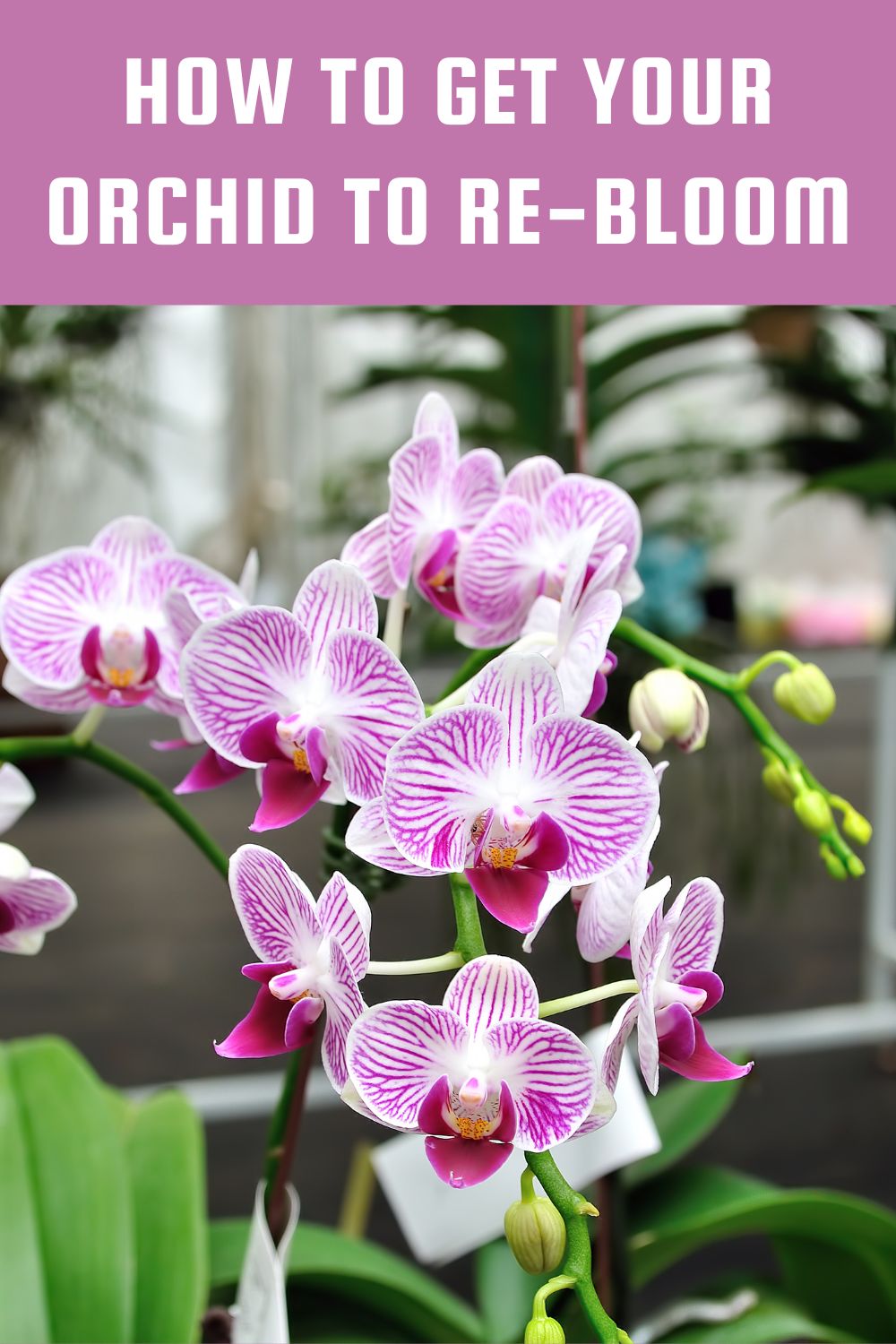Orchids are often revered for their exotic beauty and delicate charm. They’re not just another flower; they’re a statement of elegance and sophistication. Orchid enthusiasts, both seasoned and novice, eagerly await the magical moment when their orchid will rebloom. However, coaxing these exquisite flowers to rebloom can be a challenge, as they require specific care and conditions. In this comprehensive guide, we’ll delve into the fascinating world of orchid reblooming and share the secrets to success.
Understanding the Orchid Lifecycle
Before we dive into the reblooming process, it’s essential to grasp the basic lifecycle of an orchid. Orchids go through a cycle of growth, flowering, dormancy, and reblooming. Each stage is vital to the orchid’s overall health and vitality.
- Growth Phase: Orchids start as tiny seeds and grow into a plant with leaves, roots, and pseudobulbs. During this phase, they gather energy and nutrients for future blooms.
- Flowering Phase: This is the most glorious stage, characterized by the stunning blossoms that orchids are known for. It’s essential to know that the blooms will eventually fade, and the plant enters a dormant phase.
- Dormancy Phase: Orchids, after flowering, enter a rest period. During this time, the plant conserves energy by slowing down its growth. Many beginners mistakenly believe their orchid is dying during this phase.
- Reblooming Phase: The goal of every orchid enthusiast is to bring their plant back to the flowering stage. This phase is the main focus of our discussion.
Key Factors for Orchid Reblooming
Successful orchid reblooming requires attention to several key factors:
1. Light
Orchids need the right amount of light to rebloom. They can be categorized into three light categories:
- High Light: Orchids such as Cattleyas and Dendrobiums require bright, direct light. They should receive 6-8 hours of sunlight per day.
- Medium Light: Phalaenopsis and Paphiopedilum orchids fall into this category. They prefer indirect sunlight or filtered light.
- Low Light: Orchids like Miltonias and Jewel Orchids need low light conditions. They thrive in shade or very low light environments.
It’s crucial to understand your orchid’s light requirements and place it in the appropriate location to promote reblooming.
2. Temperature
Orchids come from diverse habitats, and their temperature requirements can vary significantly. However, most orchids thrive in a temperature range of 65-80°F (18-27°C). A drop in nighttime temperature (about 10-15°F or 5-8°C) can stimulate blooming. This temperature fluctuation can mimic their natural habitat conditions.
3. Watering and Humidity
Overwatering or underwatering can harm your orchid. Proper watering is essential for healthy reblooming. Generally, it’s advisable to water your orchid when the top inch of the potting mix feels dry. Orchids also benefit from increased humidity. Placing a tray with water near your orchid can help maintain humidity levels.
4. Fertilizing
Orchids are not heavy feeders, but they do require essential nutrients to rebloom. Use a balanced, water-soluble orchid fertilizer, and apply it at half strength during the growing season. Reduce or halt fertilization during the dormant phase.
5. Pruning
Pruning is crucial for orchids. After your orchid has finished blooming, you should cut the flower spike just above a healthy node. This encourages the plant to redirect its energy towards reblooming.
6. Potting and Repotting
Orchids should be repotted when their potting mix starts to break down, typically every 1-2 years. The right potting mix is essential, as it allows for proper aeration and drainage. Orchids prefer a mix of bark, perlite, and sphagnum moss.
7. Patience and Observation
Finally, patience is the key to orchid reblooming. Orchids operate on their timeline, and reblooming can take several months to over a year. Regularly observe your plant, note any changes, and make adjustments to your care routine accordingly.
Troubleshooting Common Issues
Sometimes, despite your best efforts, orchids may not rebloom. Here are some common issues and how to address them:
- Overfertilization: Excessive fertilizer can harm your orchid. Flush the potting mix with water to remove excess nutrients.
- Inadequate Light: If your orchid isn’t receiving enough light, consider moving it to a better-lit location.
- Root Problems: Check your orchid’s roots; healthy roots are vital for reblooming. If you notice root issues, repot the plant.
- Inadequate Dormancy: If your orchid doesn’t go through a proper dormant phase, it might not rebloom. Reduce watering and allow the plant to rest.
Conclusion
Orchid reblooming is a fascinating journey that requires a blend of patience, care, and understanding of your specific orchid’s needs. By providing the right light, temperature, humidity, and nutrients, and by practicing patience and good observation, you can unlock the secret to coaxing these elegant flowers into their next spectacular bloom. The reward for your efforts is the resplendent beauty of a reblooming orchid that will continue to enchant and captivate. Happy gardening!


